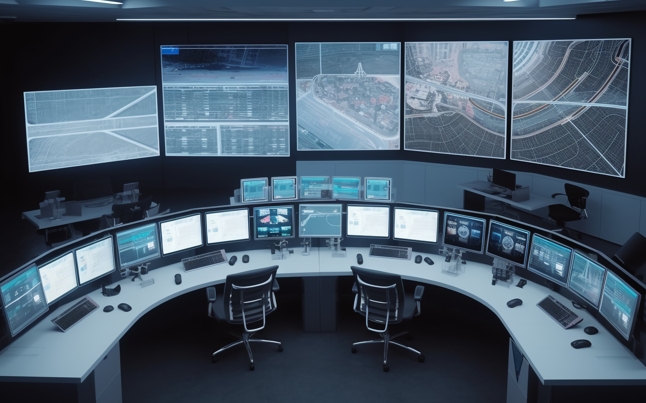Being at the forefront of LED screen technology is something we at Retop take great pride in. Our selection of LED stage screens is specially designed to satisfy the various requirements of various settings, both indoors and out. Event coordinators, venue managers, and production teams that want to provide outstanding visual experiences must be aware of the differences between indoor and outdoor Retop LED screens.

Design and Durability
One of the primary differences between indoor and outdoor Retop LED screens lies in their design and durability. Our outdoor LED screens are built to withstand harsher environmental conditions, such as rain, wind, and direct sunlight. They feature robust casings and protective coatings that ensure longevity while maintaining optimal performance. In contrast, indoor Retop LED screens are designed for aesthetic appeal, offering a sleek and lightweight design that seamlessly integrates with the stage environment. While both types maintain high-quality visuals, the outdoor versions prioritize resilience, ensuring they can perform flawlessly in various weather conditions.
Brightness and Visibility
Brightness is another critical factor that differentiates indoor and outdoor Retop screens. Outdoor LED screens require higher brightness levels to counteract the effects of natural sunlight and deliver clear images during daylight performances. Our outdoor screens are engineered to emit vivid colors and sharp contrasts, ensuring visibility even in bright conditions. Meanwhile, indoor LED screens are designed with lower brightness levels suitable for controlled lighting environments. This distinction allows indoor screens to produce stunning visuals without overwhelming the audience, creating an immersive experience tailored to the venue's atmosphere.
Installation and Setup Considerations
When it comes to installation and setup, there are notable differences between indoor and outdoor Retop LED screen for stages. Outdoor screens often require more rigorous mounting and safety measures due to their exposure to the elements. We provide comprehensive installation guidelines that include securing the screens against wind load and ensuring proper cabling management to prevent any disruptions during live events. In contrast, indoor LED screens typically involve simpler installation processes, allowing for quick setups and adjustments in enclosed spaces. Understanding these nuances helps event organizers make informed decisions about which type of Retop LED screen best suits their needs.
Conclusion
By carefully selecting the appropriate Retop LED screen based on the unique demands of your event, you can significantly enhance audience engagement and create lasting memories. Effective visual experiences foster emotional connections and create an immersive atmosphere that resonates with viewers long after the event has concluded. The right screen can transform a simple presentation into a captivating spectacle that keeps audiences talking about it for years to come.
I consent to receive emails about news, marketing&product updates from Retop in accordance with the Retop Privacy Policy